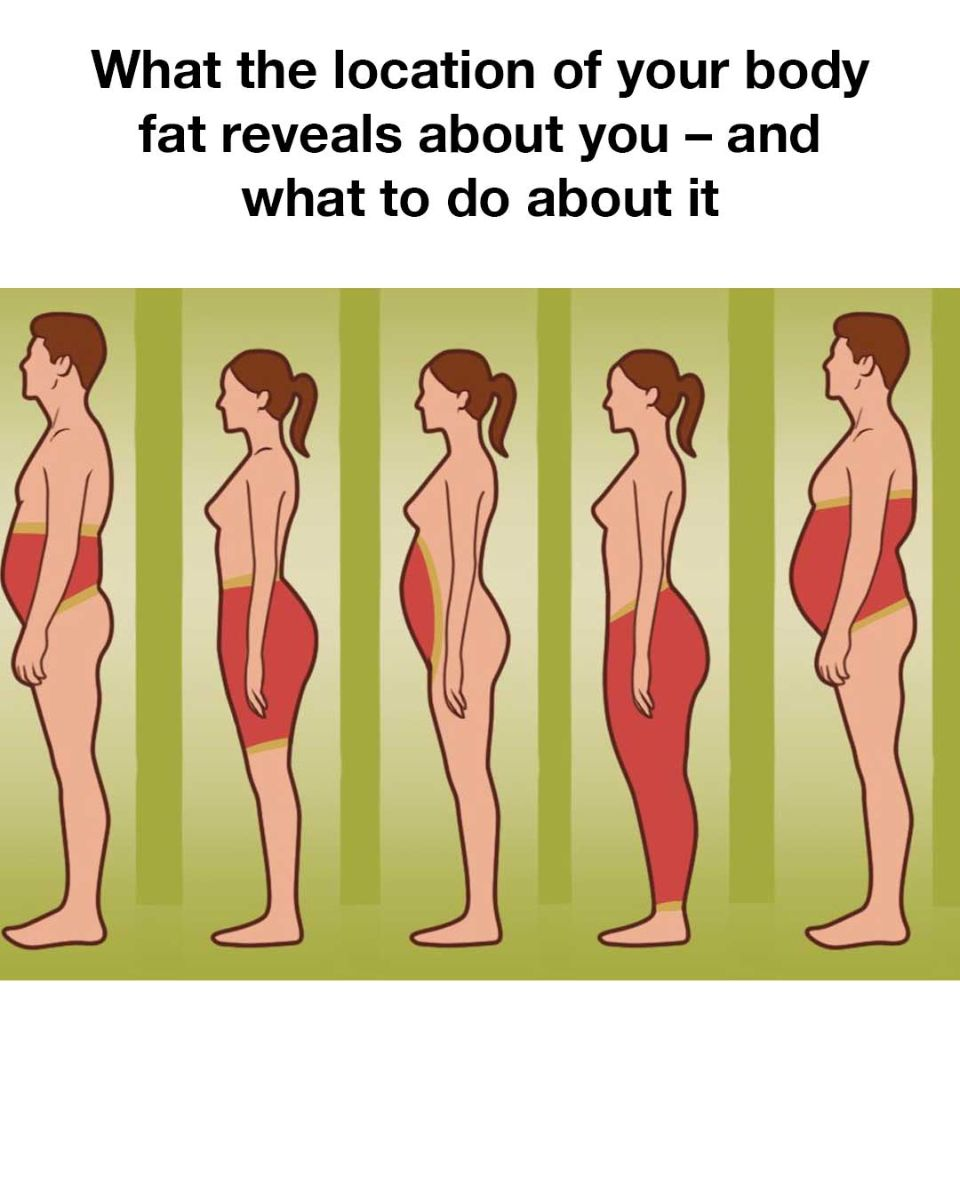ADVERTISEMENT
Visceral fat is stored deep in the abdominal cavity around internal organs like the liver, pancreas, and intestines. High levels of visceral fat are dangerous because they are associated with increased inflammation and a higher risk of chronic diseases such as cardiovascular disease, cancers, and metabolic syndrome. Reducing visceral fat requires a focus on high-intensity interval training (HIIT), dietary changes that emphasize low-carb and low-sugar options, and stress management techniques to lower cortisol levels, which can contribute to visceral fat accumulation.
5. Subcutaneous Fat:
Subcutaneous fat lies just beneath the skin and is generally less harmful than visceral fat. It’s the type of fat you can pinch with your fingers. While less dangerous, carrying excess subcutaneous fat can still pose health risks if it leads to obesity. Strategies to reduce subcutaneous fat include a mix of cardiovascular exercises, strength training, and maintaining a balanced diet with proper portion control. Adequate hydration and sleep are also important factors in managing this type of fat.
Understanding the location of your body fat can provide valuable insights into your health and guide you in making more strategic lifestyle choices. Whether it’s adopting specific exercises, dietary habits, or stress management techniques, knowing where your body stores fat is the first step towards a healthier you.
Resources
RemedyDaily.com does not give medical advice, diagnosis, or treatment.
